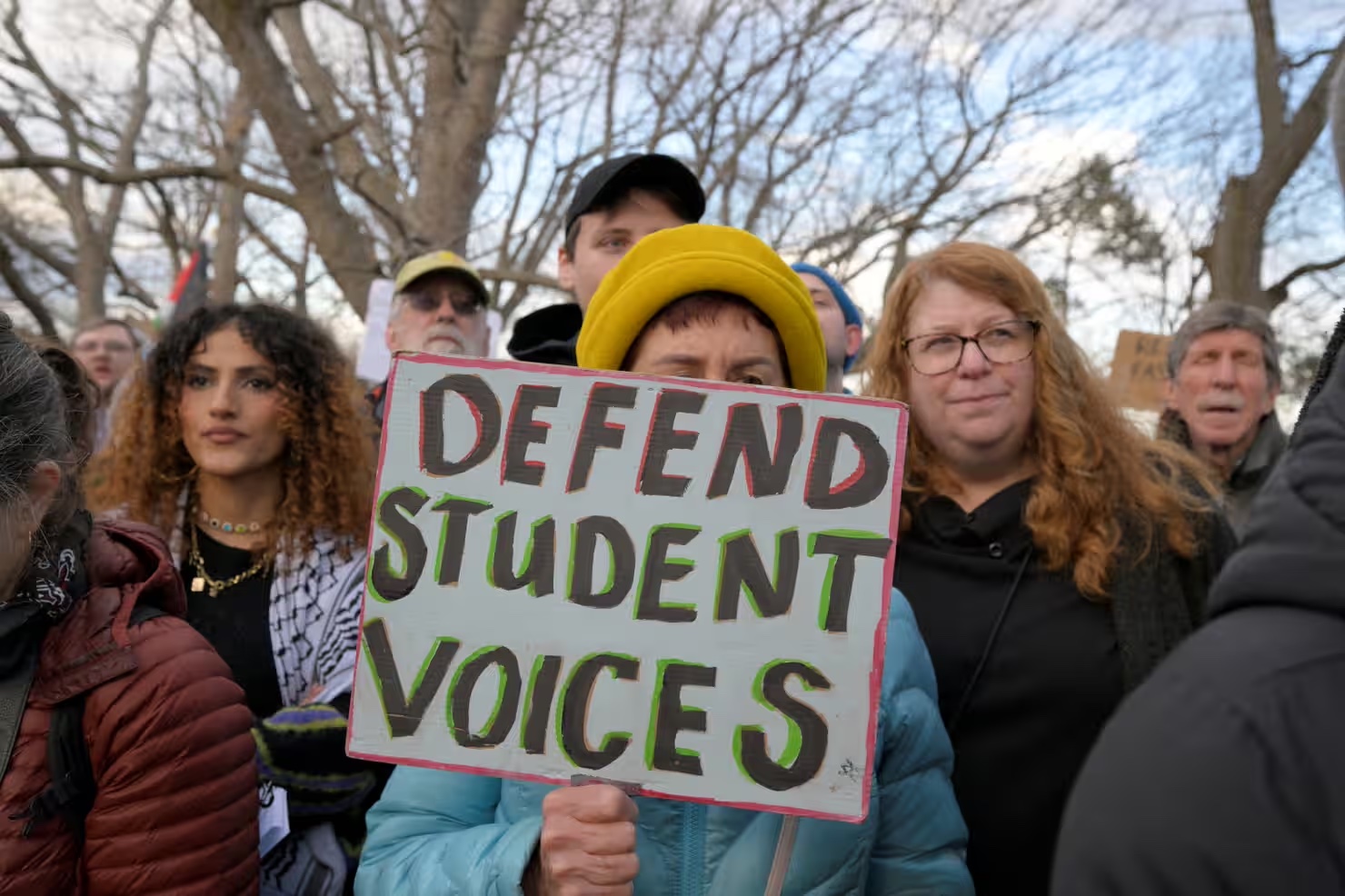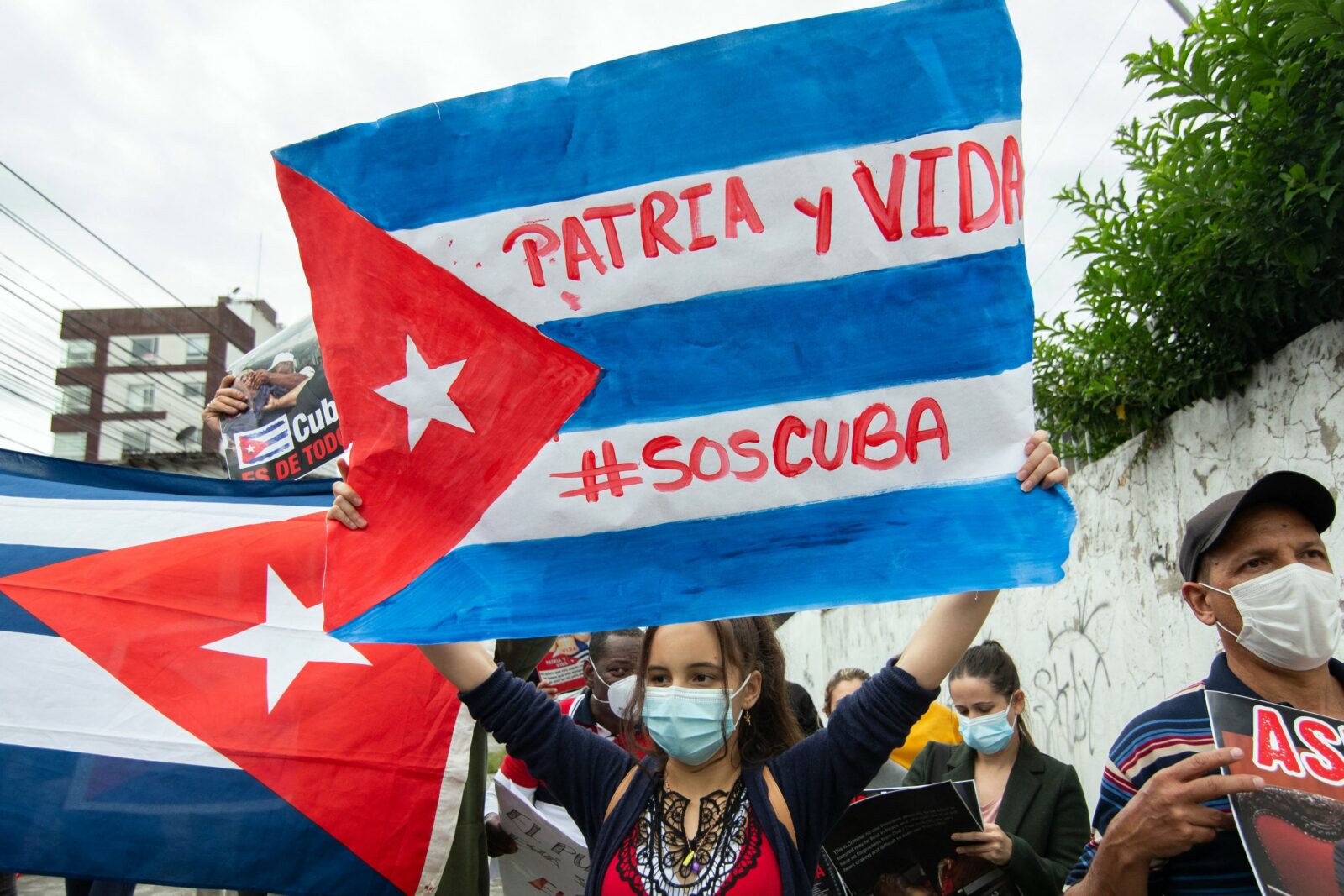Every day, immigration officials must determine whether to admit or remove the many aliens who have arrived at an official “port of entry” (e.g., an international airport or border crossing) or who have been apprehended trying to enter the country at an unauthorized location.[1]
Immigration officials must also determine whether there are grounds to remove aliens who are already present inside the country.[2] The vast majority of these determinations are quickly made, but in some cases deciding whether an alien should be admitted or removed is not as easy.[3]
Thousands of immigrants to the United States are locked up at any given time, awaiting the conclusion of administrative and judicial proceedings that will determine whether they may remain in this country.[4] In 2014, U.S. Immigration and Customs Enforcement (“ICE”) removed 315,943 individuals, many of whom were detained during the removal process.[5] According to the most recent available statistics, ICE detains more than 429,000 individuals over the course of a year, with roughly 33,000 individuals in detention on any given day.[6]
In 2007, the American Civil Liberties Union (ACLU) filed a lawsuit in California on behalf of Alejandro Rodriguez, a long-time lawful permanent resident who had been detained for three years without a bond hearing while he fought the government’s attempt to deport him over a conviction for “joyriding” from when he was a teenager. Mr. Rodriguez’s case eventually became a class action lawsuit on behalf of all individuals held under mandatory detention.
In 2015, the Ninth Circuit ruled in Rodriguez v. Robbins that the government was required to provide bond hearings every six months, during which the government had to show that the immigrant was a danger to the community or a flight risk to justify continued detention.
Since the Rodriguez decision, approximately 70 percent of immigrants subject to prolonged detention were found not to be a danger to the community or a flight risk and were released on bond.
But in rejecting the Ninth Circuit’s 2015 decision, the Supreme Court held, in a 5-3 decision, that there was no “reasonable interpretation” of the law which permitted bond hearings for immigrants and rejected the argument that any “implicit time limit on detention” could be read into the statute.
The Background of the Instant Case
Plaintiff, a Mexican citizen and lawful permanent resident, sought writ of habeas corpus, as well as declaratory and injunctive relief on behalf of himself and a class of aliens detained during immigration proceedings for more than six months without bond hearings, asserting constitutional and statutory claims for individualized bond hearings.[7] The United States District Court for the Central District of California denied class certification.[8] Plaintiff appealed to the United States Court of Appeals for the Ninth Circuit, and the case was reversed and remanded.[9] The District Court entered a preliminary injunction and the Government appealed.[10] The Court of Appeals affirmed.[11] The Government’s petition for certiorari then was granted by the Supreme Court of the United States.[12]
The Canon of Constitutional Avoidance
Justice Alito wrote for the Court, and the Court reversed and remanded the case.[13] The Court held that the Ninth Circuit incorrectly applied the canon of constitutional avoidance.[14] The Court emphasized that the canon may apply only if, “after the application of ordinary textual analysis, the statute is found to be susceptible of more than one construction.”[15] The Ninth Circuit thus erred by adopting implausible interpretations of each of the three statutory provisions in order to avoid the constitutional question.[16] As nothing in the text of any of the statutory provisions “even hint[ed]” that detention should be limited to six months, the Court admonished the Ninth Circuit for “rewrit[ing] a statute as it please[d].”[17]
The Court supported its rejection of the Ninth Circuit’s reading with textualist analysis. First, the Court stated that the plain meaning of § 1225(b) “mandate[s] detention” for the duration of relevant proceedings.[18]
The Court found § 1226(c) to employ “even clearer” language, as it included a provision that allowed the Attorney General to release individuals “‘only if’ . . . doing so is necessary for witness-protection purposes,” thus foreclosing release in any other circumstances.[19]
Finally, the Court dismissed the Ninth Circuit’s reading of § 1226(a). The Court found that “[n]othing in § 1226(a)’s text — which says only that the Attorney General ‘may release’ the alien ‘on . . . bond’ — even remotely supports the imposition” of bond hearings every six months, consideration of length of detention in bond determinations, or the establishment of a clear and convincing standard of proof.[20]
The Court remanded the case to the Ninth Circuit so that it could consider the petitioners’ constitutional arguments in the first instance.[21] Specifically, the Court presented three issues that the Ninth Circuit should consider on remand: whether it still has jurisdiction over the case, despite 8 U.S.C. § 1252(f)(1), which prohibits lower courts from granting class action injunctive relief from §§ 1221–1232; whether Rule 23(b)(2) of the Federal Rules of Civil Procedure is still satisfied in light of Wal-Mart Stores, Inc. v. Dukes,[22] which held that the rule applies only when a single judgment would provide relief to every member of the class; and whether a class action is the best way to resolve Due Process Clause claims, as the process required may vary depending on individual circumstances.[23]
Aftermaths and Conclusion
On November 19, 2018, the Ninth Circuit reviewed the case, on remand, the Court of Appeals held that it had jurisdiction over the action.[24]
However, because district courts have more experience with class litigation than appellate courts, the Ninth Circuit also remanded these questions to the district court to be decided in the first instance.[25]
Additionally, the Ninth Circuit did not vacate the permanent injunction pending the consideration of these vital constitutional issues.[26] Further, the Ninth Circuit raised grave doubts about any statute that allows for arbitrary, prolonged detention, without any due process. It raised concerns of the constitutionality, or that those who founded our democracy precisely to protect against the government’s arbitrary deprivation of liberty would have thought it to be constitutional.[27]
As Justice Breyer wrote in Rodriguez, arbitrary civil detention is not a feature of our American government.[28] “[L]iberty is the norm, and detention prior to trial or without trial is the carefully limited exception.”[29] Moreover, civil detention violates due process outside of “certain special, narrow, and non-punitive circumstances.”[30]
The Fifth Amendment says that “[n]o person shall be … deprived of life, liberty, or property without due process of law.” An alien is a “person.”[31] To hold him without bail is to deprive him of bodily “liberty.”[32] And, where there is no bail proceeding, there has been no bail-related “process” at all.[33] The Due Process Clause—itself reflecting the language of the Magna Carta—prevents arbitrary detention.[34]
The Supreme Court applied the canon broadly in its immigration cases, which often require the Court to balance its own power to protect individual liberties against the plenary power of the political branches. However, Jennings v. Rodriguez breaks from this pattern. Although the lower courts decide to hold doubt on the constitutional question, regardless of the outcome from the lower courts, the end result will likely be minimal protections against indefinite detention for non-citizens.
- Id. ↑
- Id. ↑
- Rodriguez v. Robbins, 804 F.3d 1060, 1065 (9th Cir. 2015), rev’d sub nom. Jennings v. Rodriguez, 138 S. Ct. 830, 200 L. Ed. 2d 122 (2018) ↑
- Id. ↑
- Id. ↑
- Jennings v. Rodriguez, 138 S. Ct. 830, 200 L. Ed. 2d 122 (2018). ↑
- Id. ↑
- Id. ↑
- Id. ↑
- Id. ↑
- Id. ↑
- Rodriguez, 138 S. Ct. at 836. Justice Alito was joined by Chief Justice Roberts and Justice Kennedy. Justices Thomas and Gorsuch joined in all but Part II. Justice Sotomayor joined only Part III-C. ↑
- Rodriguez, 138 S. Ct. at 836. ↑
- Id. at 842 (quoting Clark v. Martinez, 543 U.S. 371, 385 (2005)). ↑
- Id. ↑
- Id. at 843. ↑
- Id. at 842. ↑
- at 846 (quoting 8 U.S.C. § 1226(c)(2) (2012)). ↑
- Id. ↑
- Id. at 851. ↑
- 564 U.S. 338 (2011). ↑
- Id. at 851. ↑
- Rodriguez v. Marin, 909 F.3d 252, 255 (9th Cir. 2018). ↑
- Id. ↑
- Id. ↑
- Id. ↑
- Rodriguez, 138 S.Ct. at 861. ↑
- Id. ↑
- Id. ↑
- Id. ↑
- Id. ↑
- Id. ↑
- Id. ↑




